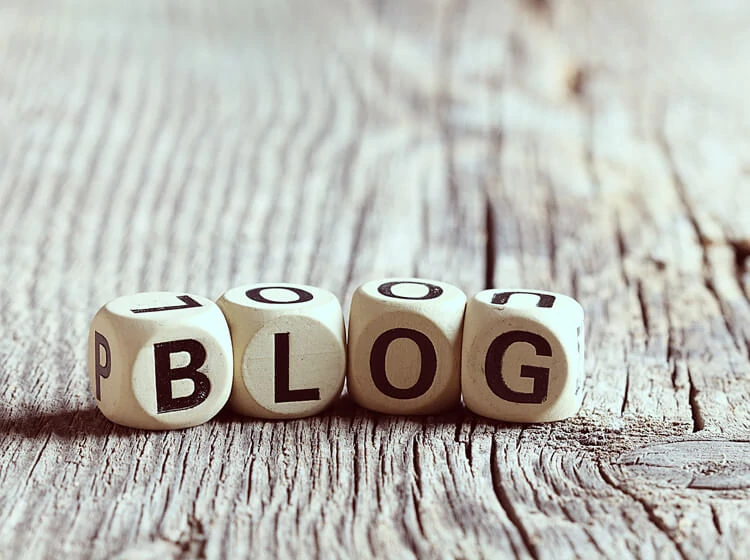With so many working from home this year, the traditional office has a new basis of compairison.
Now more than ever, the work environment is a key component in the battle to retain employees and attract top talent – 61% of workers value an aesthetically pleasing, comfortable workspace.. According to a survey conducted by Clutch, “physical environments” are huge deciding factors when choosing where to work.
Over the next decade, technology will continue to drive us into a new era of work. As it evolves, the most sought after workplaces will progress alongside it. Organisations who want to compete need to start preparing to make the leap too.
Here’s just some of what you can expect from the workspaces of the not-so-distant future.
Innovative Meeting Spaces
If this year has taught us anything, it’s that most of us don’t have to go into the workplace to do our work.
It’s like Despina Katsikakis, head of occupier business performance at Cushman & Wakefield, recently explained to the Financial Times, “This means our whole perception of the office as a building needs to shift to the office being a network of physical and virtual places that supports me o do my best work.”
“Remote work will likely give rise to new essentials like virtual meeting rooms.”
With no signs of slowing, remote work will likely give rise to new essentials like virtual meeting rooms that combine current mediums with augmented reality (AR) and virtual reality (VR) innovation.
Facebook’s head of AR and VR, Andrew “Boz” Bosworth believes it’s “the future of work”. The social media giant is already experimenting with elements like digital displays, virtual keyboards, avatars and the like.
Using the collaborative abilities from the cloud and Passthrough technologies powered by Oculus software VR headsets, its easy to switch back and forth between the real world and a simulated one. Meaning soon, the next big presentation you give could be in an exclusively mixed-reality environment.
Personalised working environments
What if you could control the temperature not just in your office but the precise space you’re sitting within a larger conference room? Or have the lighting in your office automatically adjusted based on the time of the day or as your brain hits a flow state?
The workplace of the future makes it possible.
It’s likely that sensor-based monitoring systems will exist to constantly monitor and seamlessly alter environmental factors like air quality, lighting, temperature, etc, making customisable, automatic adjustments based on individual preferences.
“The office of the future “will track my location and adjust preferences to suit me.”
WeWork’s Andy Heath believes offices of the future, “will track my location and adjust preferences to suit me” he said. “After lunch, the temperature where I am sat might drop by a degree and the blinds may go up slightly to wake me up, creating my optimum work environment.”
Making users fully in charged of their own environment would be a huge selling point for employers. It replicates other algorithmic applications that learn user preferences and make recommendations on their behalf, and takes the concept of controlling your home’s temperature from your smartphone to a whole new level.
Wall-to-wall smart offices
The offices of the future will be able to anticipate your needs and take action – even when you’re not physically inside.
Thanks to The Internet of Things (IoT) devices have a direct line of communication to one another, making it possible for an infinite string of smart gadgets to work in a tandem.
For example. lets say you get a meeting invitation for the next morning after you’ve already left for the day. It could be automatically added to your calendar, which would then trigger your morning alarm based on real-time traffic patterns. Once you got in your car, you wouldn’t even have to plug in the destination. It would be uploaded from the calendar invite as you neared the vehicle. Once you arrived at your destination the smart-coffee pot would already be putting the final froth on your latte without you ever pressing a single button.
The unification of these workplace and homebound applications has a multiplying effect, taking an already intelligent app and amplifying it using a unified platform that’s connected to all the other dynamic devices in your life – in and outside the office.
“Creating a seamless, technology-drive workspace can play a big part in the organisation’s overall success.”
Good business leaders understand that where their employees work has a huge impact on how they work. Creating a seamless, technology-drive workspace can play a big part in the organisation’s overall success. The workplaces of the future do this by prioritising personal and professional needs in a way that allows the comforts of home to be mirrored in the office environment.
To learn more about the office of the future, download this PDF.

